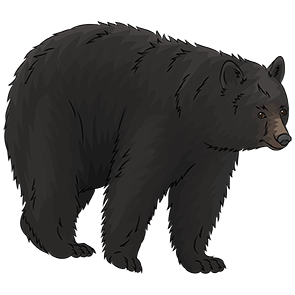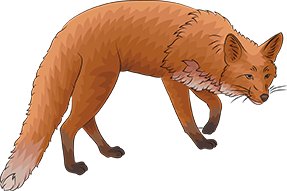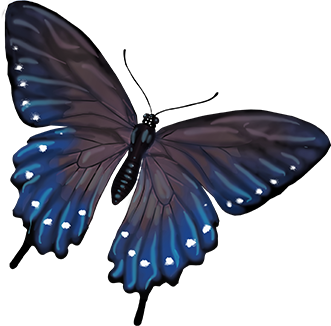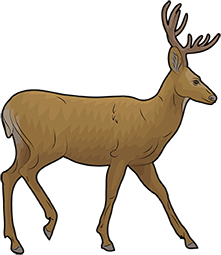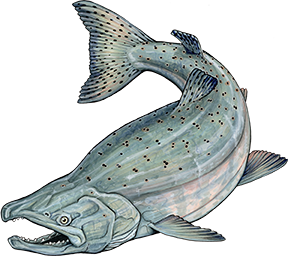SSBMI Summer Youth Intern Program - Nisenan language review
Séekas’in! Hello! This webpage serves as a brief review of the SSBMI Summer Youth Intern Program's language class on July 19, 2024. In this class, we learned and practiced using Nisenan language that we will use at Language Day Camp on July 26, 2024.
The Tribe has ancestral ties to the Nisenan language through the Tribe's Matriarchs, Pamela Cleanso Adams and Annie Hill Murray Paris. Pamela, Annie, and many of their close relations spoke Nisenan and shared their language with researchers in the early 1900s. The knowledge they shared provides us with a pathway to reconnect with the Nisenan language today. The Tribe also has significant connections to ancestral Nisenan villages like Pusúune and Yáales, where the Nisenan language has been spoken since time immemorial.
You can download a copy of the review sheet by clicking here. You can use the links below to jump to a specific part of this webpage:
